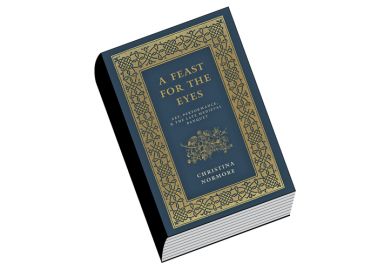Toiling away in bars or campus shops, students must sometimes wonder if they are a lot worse off financially than previous generations of undergraduates.
However, despite their sky-high rents and debts, today’s students are actually likely to be better off than many of their counterparts in medieval times, suggests a study of student living expenses.
Analysing the living costs of students in England, France and Italy from the late 13th century to the early 16th century, Xu Shanwei, professor of medieval history at Shanghai Normal University in China, found that the cost of food, board and tuition fees would have been out of the reach of most workers.
For instance, a middle-class tailor in 15th-century Florence might expect to earn 60 florins (the dominant currency in Europe at the time) a year – roughly the cost of educating a student at Europe’s oldest higher education institution, the University of Bologna, explains Professor Xu in the paper “Study of the tuition and living expenses of medieval European university students”, published in the journal Chinese Studies in History.
Universities in England and France were much cheaper than in Italy – about one-quarter of the expense of Bologna’s high tuition fees – but undergraduate study would still have been unaffordable for those from working-class families, he adds.
For instance, students in England would pay a minimum of 48 to 64 florins across a four-year degree course (in Paris, it would cost 80 to 108 florins), but a day labourer earned only about 10 florins a year in early medieval times.
However, poorer students did still find a way to attend university, with student cohorts comprising those “between the highest and very lowest [in the social order] – sons of knights and yeomen, merchants, tradesmen, or thrifty artisans…or promising lads who had attracted the notice of the neighbouring Abbot or Archdeacon”.
Wealth disparities were fairly apparent among students though, with most being “scions of a wealthy minority”, adds Professor Xu.
It meant that some students “lived in poverty and were forced to beg or collect students’ leftovers from the dining hall to allay their hunger”, he says, although “most undergraduate commoners enjoyed living standards that transcended the bare necessities”.
As for academic staff, their lot was substantially better than most professionals, adds Professor Xu.
A university professor in 15th-century Florence was paid between 200 and 500 florins – the same as high-profile lawyers, and up to three times as much as senior civil servants, who were paid about 100 to 150 florins.
POSTSCRIPT:
Print headline: The student’s tale
Register to continue
Why register?
- Registration is free and only takes a moment
- Once registered, you can read 3 articles a month
- Sign up for our newsletter
Subscribe
Or subscribe for unlimited access to:
- Unlimited access to news, views, insights & reviews
- Digital editions
- Digital access to THE’s university and college rankings analysis
Already registered or a current subscriber?








